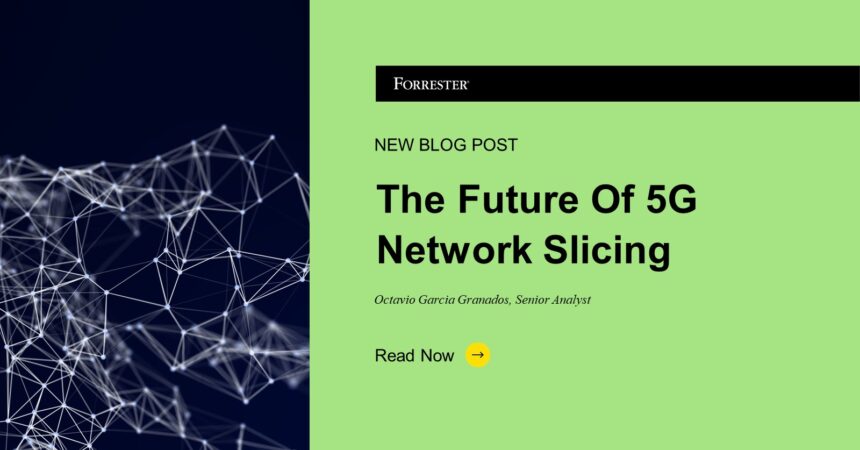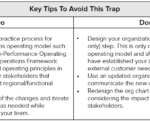Many of my recent conversations around 5G have focused on the future of network slicing. They want to discuss timelines, challenges, opportunities, use cases, and industries. The reality is not as rosy as one might think, given the dependency on communities outside the telecommunications industry. In principle, 5G network slicing allows carriers to provide secure deterministic services bound by SLAs for experience-, performance-, security-, and service-assurance.
Given all these conversations, I wrote this blog to do a quick outline of the future. I’ve organized my views across timeline and 5G network type (private dedicated, private as-a-slice, private hybrid, or public) – as those are the biggest altitudes to explore this question from:
Short-term: 1 to 2 years
it’s been experimentation but some use cases have emerged depending on network type:
- Private dedicated. Companies are still experimenting and testing ROI, a ton of vendors are in the mix, and 5G slicing is still in the distance with no relevant role to play yet.
- Private as-a-slice or hybrid. It’s in a similar experimentation stage, although there are some commercial use case references where 5G static slicing is playing a relevant role. This space is dominated by the service providers (SPs) supported by global systems integrators (GSIs) and original equipment manufacturer (OEM) partners.
- Public. It’s all about the software development community, however, limited experimentation is expected. It’s still early for 5G slicing and SPs are also the prime focus targeting their own apps supported by GSIs.
Mid-term: 3 to 5 years
5G adoption starts to become more of the norm and more use cases emerge fueled by network slicing:
- Private dedicated. Companies will adopt private 5G as a mainstream technology. Expect a ton of vendors to continue to be in the mix. At this time, 5G slicing starts to play a relevant role for data security and performance use cases.
- Private as-a-slice or hybrid. Expect to see commercial launch for more use cases and expansion of existing ones where 5G dynamic slicing plays an important role. This space will continue to be dominated by the SPs.
- Public. The software development community starts embracing network slicing. The first commercial enterprise apps leveraging 5G network slicing will start to emerge, and big tech consumer apps/solutions (e.g., Netflix, Teams, YouTube, X, etc.) will be the prime focus.
Long-term: 5+ years
Network slicing has become common and plays a key role in all 5G network types.
- Private dedicated. Private 5G is now a mainstream technology with a consolidated ecosystem. There will be a large number of use cases that continue to proliferate, and 5G slicing plays an important role to guarantee data security and performance.
- Private as-a-slice or hybrid. There will be a large proliferation of commercial deployments and use cases where 5G dynamic slicing plays an essential role. This space continues to be dominated by the SPs.
- Public. The software development community, across various company sizes, will have embraced network slicing. Any commercial enterprise and consumer app can leverage network slicing and global network slicing roaming plays a relevant role. Most popular consumer apps in the app stores will be using network slicing and SPs will have started adopting AI/ML and APIs for dynamic slice demand generation.
Do you concur with my view? Have you launched a commercial service based on 5G network slicing? I would love to hear your feedback. Need more guidance? Engage with me via an inquiry call by emailing inquiry@forrester.com.








